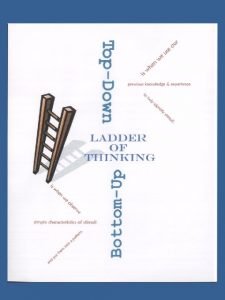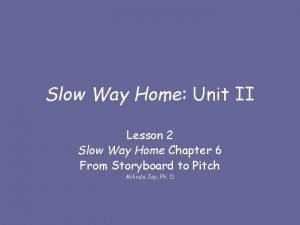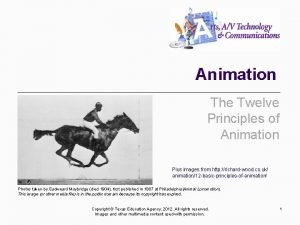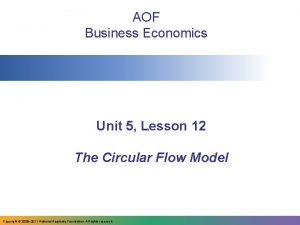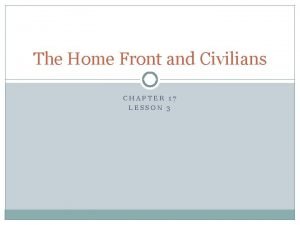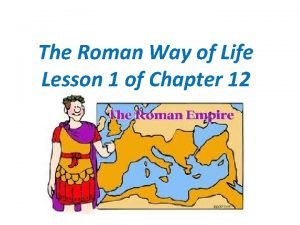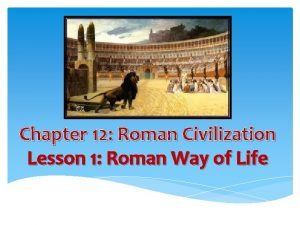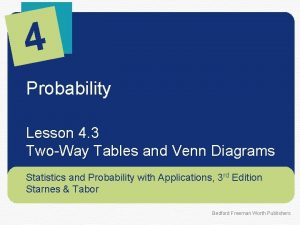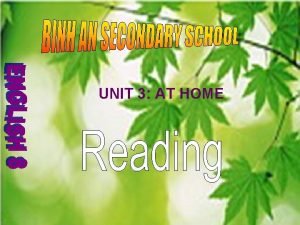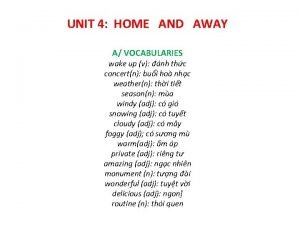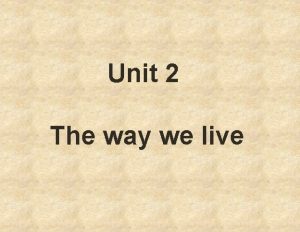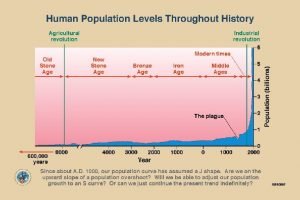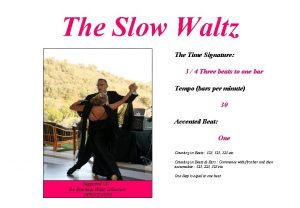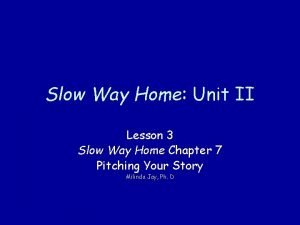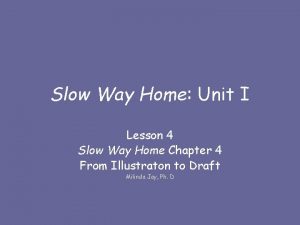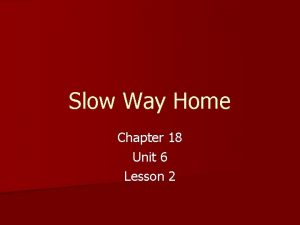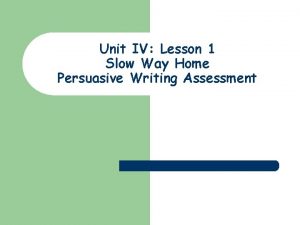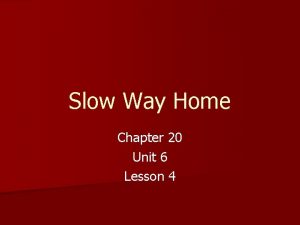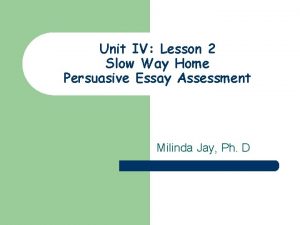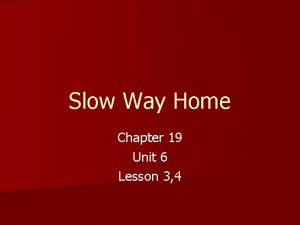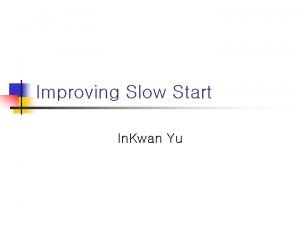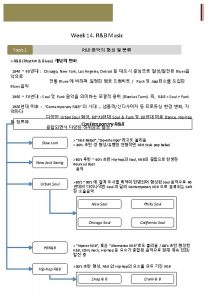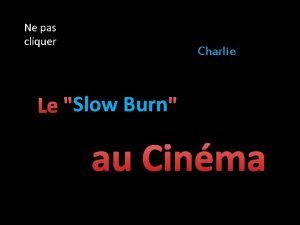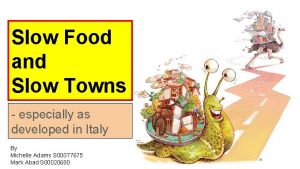Slow Way Home Unit II Lesson 1 Slow








































- Slides: 40

Slow Way Home: Unit II Lesson 1 Slow Way Home Chapter 5 Screenplay Outline Milinda Jay, Ph. D

For teachers only • Please read notes on slides 3, 9, 11, 13, 21, 22, 23, 37, 38, 40 • Have Unit 2 lesson 1 Word Document storyboard ready to hand out on slide 22 • Have Unit 2 lesson I Word Document screenplay outline ready to hand out on slide 27 • Be sure you are ready to story board your relative’s story and place your story on a slide outline. • Homework assessment on slide 40

Retell what happened • In Chapter 4 of Slow Way Home • Each students take a turn saying one sentence about what happened in Chapter 5.

Now, predict • what might happen in Chapter 5.

Read aloud • Chapter 5, Slow Way Home • What does the lady Senator think of Brandon? His mother? • If you were directing a movie version of Slow Way Home, who would you cast as Brandon’s mama?

Today’s Writing • Screenwriting

Sunshine State Standard • • Subject Area: Reading/Language Arts Strand: Writing Applications Standard 1: Creative LA. 910. 4. 1. 1 The student will write in a variety of expressive and reflective forms that use a range of appropriate strategies and specific narrative techniques, employ literary devices, and sensory description

Teacher Component • To create a unique learning community by writing with your students • To model the process of writing for students with the understanding that teachers have to write drafts, too! • To donate to the learning community by sharing your experiences and those of your family/friends through memoir

Teacher storytelling • Your teacher will now read you one of the stories she has written based on a family or friend story.

Now, take out the stories • You gathered from your relative or family friend after the last lesson.

Tell your relative’s story • Read what you have written to your partner. • After reading what you have written, tell any details that you think should be added.

Take Five • Ok, your generation is a visual one. You were raised on movies and tv shows in a way that your parents and grandparents were not. When you think about stories, you usually see them rather than hear them. You see them as they might appear in a movie or on television.

Take Five • Take five minutes and look over your stories. • Decide which would make the best short movie or television program. • Your teacher will do the same thing and share her results with you in just a few minutes.

Teacher Model • Your teacher will now tell you which of the stories she has gathered from her relatives, or from her own experience, that she thinks would make the best movie and why.

Storyboard it!

What is a Storyboard? • Once someone has a concept for a movie (that is a main idea about what the movie will be about), the screenwriter storyboards his movie.

To storyboard • Is to draw or tell the main pictures of the movie in sequence like this:

Storyboard

Original Jaws storyboard (jawscollector. com)

Is this Love? Storyboard Copyright 2008 sogno films

Ok, next, you will take 20 -30 minutes and try drawing your storyboard • draw your story in five pictures. • You may use the handout and draw small pictures, or • You may use five individual sheets of paper

Remember • you aren't trying to draw perfect pictures. • Your goal is to imagine the five main scenes of your story, and rough sketch them, • Then label your rough sketches. • Draw with pencil

Which Five? • One way of deciding which five slides to include is to decide how your story might look if you wrote it out as a movie.

Almost every movie • You will ever watch has this basic outline: • Act I: The first thirty minutes set up the action, introduce you to the characters and prepare you for the first plot point which happens at the end of act I.

For example: • In Shrek, Act I, or the set up, introduces you to the characters by putting you into the middle of the action: the Fairy Tale people are being sent away. Donkey gets away.

Plot Point any incident that hooks into the action and spins it in another direction In Shrek, the first plot point happens after Donkey meets Shrek. They decide to go rescue the princess. This is the first plot point.

Syd Field’s Screenplay Outline Act 1 set up Act 2 confrontation Sets up the action; establishes relationships Main character encounters obstacles that keep him/her from achieving his/her dramatic need 30 minutes 60 minutes Act 3 resolution Loose ends of story are tied up 30 minutes Plot Point 1 Plot Point 2 Moves the action in a new direction Plot point: any incident that hooks into the action and spins it in another direction

Act 2: Confrontation • This is the longest bit of the movie. A confrontation occurs that tests the main character and keeps him from getting what he wants. Usually it is a series of events. • In Shrek, Shrek and Donkey fight the dragon, and rescue the princess, but Shrek doesn’t really get the princess

Plot point 2 • The action spins around into Act 3 when the princess is taken to marry the king and donkey reveals that the princess loves Shrek. • Now, Shrek must go after the princess.

Syd Field’s Screenplay Outline Act 1 set up Act 2 confrontation Sets up the action; establishes relationships Main character encounters obstacles that keep him/her from achieving his/her dramatic need 30 minutes 60 minutes Act 3 resolution Loose ends of story are tied up 30 minutes Plot Point 1 Plot Point 2 Moves the action in a new direction Plot point: any incident that hooks into the action and spins it in another direction

Act 3: Resolution • In the last 30 minutes of the movie, the loose ends are tied up and the movie has a comfortable conclusion. • In Shrek, donkey and Shrek come into the wedding and rescue the princess again. Shrek and the princess kiss. The movie ends when the princess becomes an ogre for good.

Syd Field’s Screenplay Outline Act 1 set up Act 2 confrontation Sets up the action; establishes relationships Main character encounters obstacles that keep him/her from achieving his/her dramatic need 30 minutes 60 minutes Act 3 resolution Loose ends of story are tied up 30 minutes Plot Point 1 Plot Point 2 Moves the action in a new direction Plot point: any incident that hooks into the action and spins it in another direction

To Review: • As a class, choose a movie that most of you are familiar with. • Talk about how the movie divides into three acts with plot points. • What is the set up? • The first plot point? • What are the main obstacles to be confronted in Act II? • What is the second plot point? • How is the plot resolved?

Display the Screenplay diagram slide • And see how the movie you discuss fits on the slide

Syd Field’s Screenplay Outline Act 1 set up Act 2 confrontation Sets up the action; establishes relationships Main character encounters obstacles that keep him/her from achieving his/her dramatic need 30 minutes 60 minutes Act 3 resolution Loose ends of story are tied up 30 minutes Plot Point 1 Plot Point 2 Moves the action in a new direction Plot point: any incident that hooks into the action and spins it in another direction

How does your story fit? • Now, try to plot your story onto the screenplay diagram. • What could you make as the set up? Plot point 1? The confrontation? Plot point 2? The resolution?

Teacher time! • Now, your teacher is going to show she can fit his/ her story onto the diagram. As she talks, draw a screenplay outline on your paper, and try to fit your story onto the outline.

Syd Field’s Screenplay Outline Act 1 set up Act 2 confrontation Sets up the action; establishes relationships Main character encounters obstacles that keep him/her from achieving his/her dramatic need 30 minutes 60 minutes Act 3 resolution Loose ends of story are tied up 30 minutes Plot Point 1 Plot Point 2 Moves the action in a new direction Plot point: any incident that hooks into the action and spins it in another direction

Tomorrow: Pitching your movie • You will learn how Hollywood screenwriters sell their movie ideas to producers. • You will learn what a pitch is and how to pitch your own movie.

Homework • Call another elderly relative you haven’t talked to in a while, or call the same relative you have already called. • Tell her you want to know more about her life and would love to hear (more) stories about her best friend when she was younger, or her favorite pet. • If she can’t think of a story, ask her to tell you about her first boyfriend or girlfriend. Write down the story. Bring it to class tomorrow. • You will be asked to read this story aloud, not just tell it, so be certain that you write it out as carefully as possible.
 Slow way home
Slow way home Slow way home
Slow way home Billy mays oxiclean script
Billy mays oxiclean script Slow way home
Slow way home Copyright
Copyright Unit 3 home sweet home
Unit 3 home sweet home Economics unit 5 lesson 5
Economics unit 5 lesson 5 Home care adalah
Home care adalah Perbedaan home care dan home visit
Perbedaan home care dan home visit South carolina mobile home parks for sale
South carolina mobile home parks for sale Softly and tenderly jesus is calling
Softly and tenderly jesus is calling Oak springs rv park
Oak springs rv park Let's go to my house
Let's go to my house John heartfield
John heartfield She said that, home economics stands for the ideal home.
She said that, home economics stands for the ideal home. Home sweet home survival
Home sweet home survival How to label hyp opp adj
How to label hyp opp adj Frequency trig
Frequency trig Perbedaan one way dan two way anova
Perbedaan one way dan two way anova Explain threaded binary tree
Explain threaded binary tree Perbedaan anova one way and two way
Perbedaan anova one way and two way One-way anova hypothesis testing
One-way anova hypothesis testing One way anova vs two way anova
One way anova vs two way anova Contoh soal uji two way anova
Contoh soal uji two way anova Principles of conventional software engineering
Principles of conventional software engineering The one was a ship
The one was a ship Talk this way
Talk this way Unit 10, unit 10 review tests, unit 10 general test
Unit 10, unit 10 review tests, unit 10 general test Assembling troops and supplies for war
Assembling troops and supplies for war Sweet home lesson
Sweet home lesson Lesson 1 the roman way of life
Lesson 1 the roman way of life Chapter 12 lesson 1 the roman way of life answer key
Chapter 12 lesson 1 the roman way of life answer key Lesson 4.3 two way tables and venn diagrams
Lesson 4.3 two way tables and venn diagrams Unit 3 house and home
Unit 3 house and home Unit 1 home and away
Unit 1 home and away In this unit you learned to talk about home maintenance
In this unit you learned to talk about home maintenance He she it use
He she it use Slow carbon cycle
Slow carbon cycle Slow growth age structure diagram
Slow growth age structure diagram Time signature of slow waltz
Time signature of slow waltz Fast clock to slow clock synchronization
Fast clock to slow clock synchronization
